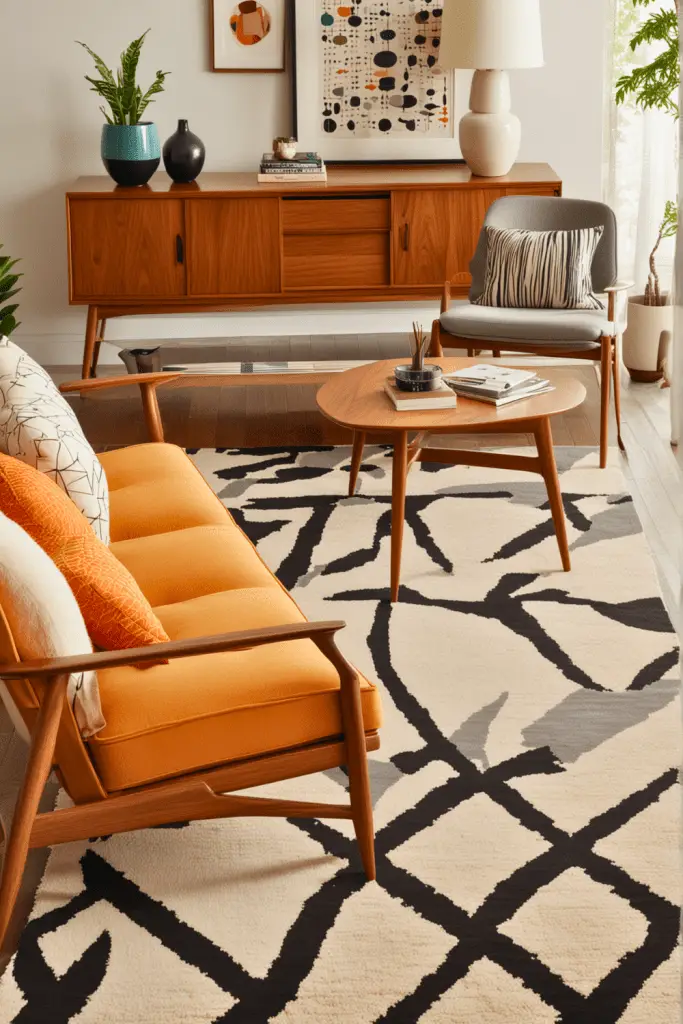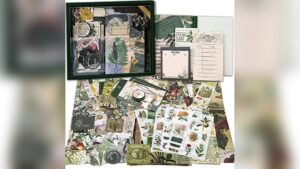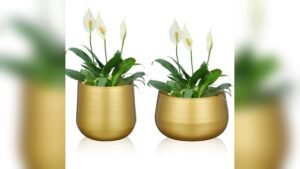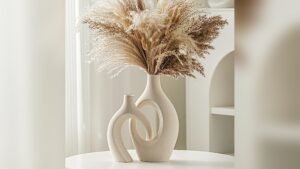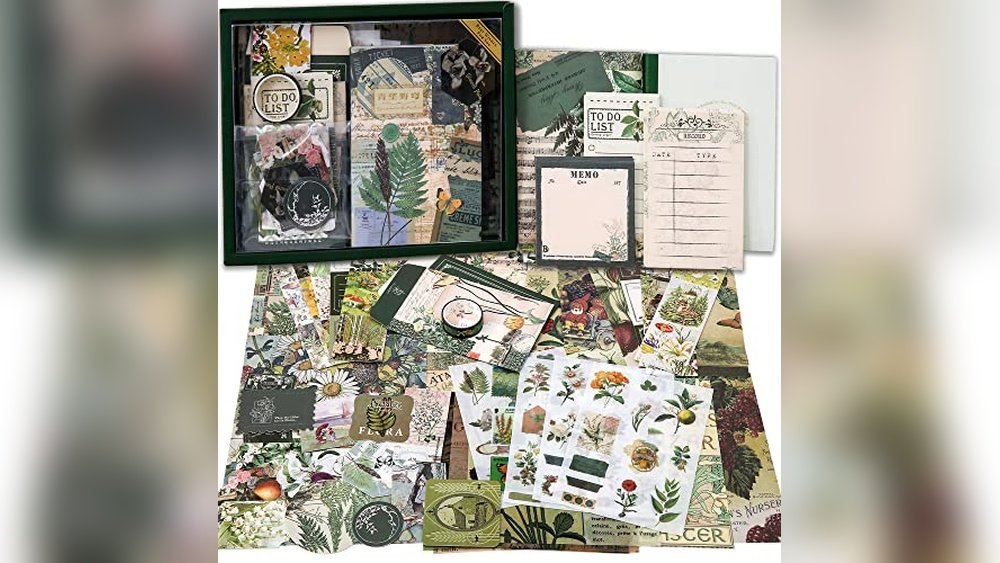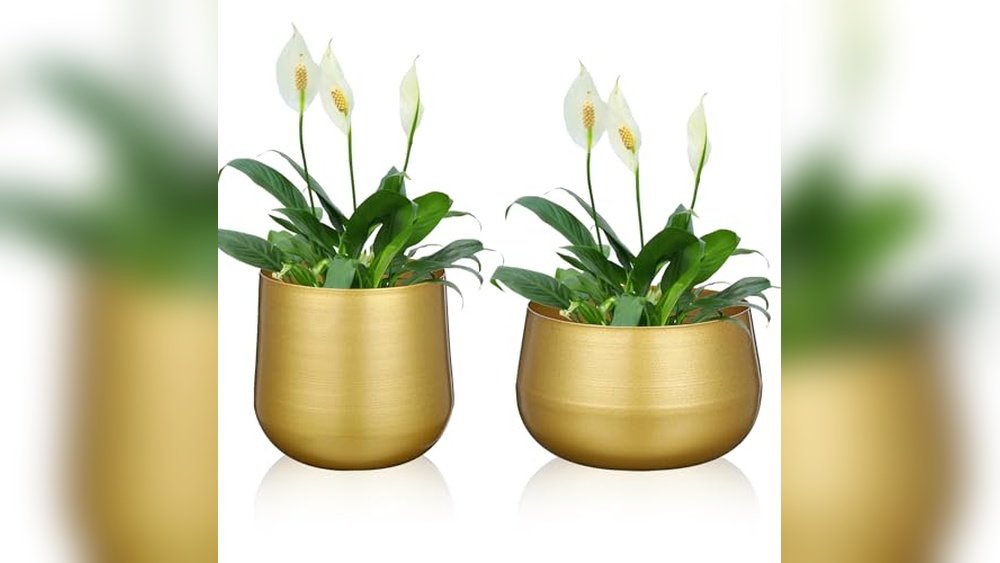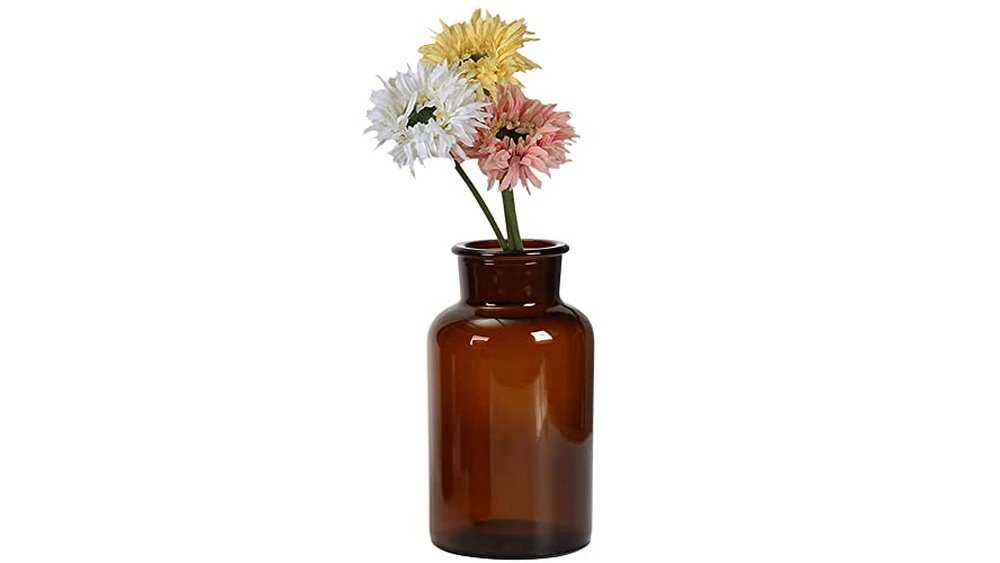Are you looking to refresh your home with a style that feels both timeless and effortlessly cool? Mid-Century Modern furniture might be exactly what you need.
This design style combines clean lines with smooth, organic shapes to create a look that’s simple yet striking. Imagine furniture that not only looks great but also feels natural and functional in your everyday life. Whether you’re drawn to sleek wooden pieces or innovative materials like molded plywood and metal, Mid-Century Modern offers a perfect balance of form and function.
Keep reading to discover how this iconic style can transform your space into a modern haven you’ll love coming home to.
Origins And Influence
The origins and influence of Mid-Century Modern furniture style trace back to a period of great change. This style reflects the social and cultural shifts after World War II. It combines form and function with clean lines and organic shapes. The influence of this movement still shapes furniture design today.
Post-war Design Movement
After World War II, societies sought simplicity and practicality. Furniture needed to be affordable and stylish for growing families. Designers embraced new materials like plywood and metal. The aim was to create pieces that fit modern living. This era marked the birth of Mid-Century Modern style.
Scandinavian Impact
Scandinavian design played a key role in shaping this style. It focused on minimalism, natural materials, and craftsmanship. Light woods and functional forms became popular. This influence brought warmth and human touch to modern furniture. The blend of both traditions created timeless designs.
Key Designers And Brands
Famous designers like Charles and Ray Eames led the movement. Their work combined innovation with comfort and elegance. Other important figures include George Nelson and Arne Jacobsen. Brands such as Herman Miller and Knoll helped popularize the style. Their pieces remain iconic and highly sought after today.
Signature Features
Mid-Century Modern furniture style is famous for its unique look. Its signature features make it easy to spot. These features blend form and function beautifully. The design focuses on simplicity and natural shapes. Each piece tells a story of thoughtful craftsmanship. Understanding these features helps you appreciate the style deeply.
Clean Lines And Shapes
Clean lines define Mid-Century Modern furniture clearly. The shapes are simple and uncluttered. Straight edges and smooth surfaces create a neat look. Designers avoid extra decoration or details. This simplicity gives the furniture a timeless appeal. It fits well in many home styles easily.
Organic And Flowing Forms
Alongside clean lines, organic forms add softness. Curves inspired by nature appear in many designs. These flowing shapes bring warmth and comfort. They contrast with the sharp angles for balance. Materials like wood highlight these natural curves. The result is furniture that feels alive and inviting.
Splayed And Tapered Legs
Legs are a key signature in Mid-Century Modern style. They often splay outward, adding stability and style. Tapered legs thin out towards the floor, creating lightness. These legs lift furniture off the ground visibly. This design adds elegance and a sense of space. It also makes cleaning under furniture easier.
Materials And Construction
Mid-century modern furniture stands out for its smart use of materials and strong construction. Designers chose materials that were both functional and visually appealing. This approach gave the furniture a fresh and timeless look. The construction focused on quality and simplicity. It balanced form and function perfectly.
Innovative Use Of Wood And Plywood
Wood was the key material in mid-century modern furniture. Designers used solid wood like teak, walnut, and oak. These woods offered warmth and durability. Plywood became popular for its strength and flexibility. It allowed curved and lightweight shapes. The combination made furniture pieces both sturdy and stylish.
Fiberglass And Metal Elements
Fiberglass was a new material embraced by mid-century designers. It allowed smooth, organic shapes that were hard to achieve before. Metal, especially steel and aluminum, added an industrial touch. Metal legs and frames gave furniture a sleek, modern look. These materials increased durability and supported minimalist designs.
Glass And Other Modern Materials
Glass was used for tabletops and cabinet doors. It added lightness and transparency to the furniture. Other materials like plastic and laminates appeared too. They brought color and easy maintenance to the pieces. These modern materials helped define the era’s innovative spirit.
Functional Aesthetic
Mid-Century Modern furniture is famous for its functional aesthetic. This style blends beauty and practicality. Every piece serves a purpose and looks elegant. The design avoids unnecessary decoration. Instead, it highlights clean lines and useful features. This creates a timeless look that suits many homes.
Form Follows Function Philosophy
The core idea behind Mid-Century Modern furniture is “form follows function.” Designers focus on making furniture useful first. The shape of each piece supports its purpose. This means chairs are comfortable, tables are sturdy, and storage is efficient. Beauty comes from how well the furniture works.
Minimalist Yet Comfortable
Mid-Century Modern pieces keep things simple. They avoid extra details that do not add value. Despite minimalism, comfort stays a priority. Soft cushions and ergonomic shapes invite relaxation. This balance makes the furniture ideal for daily use.
Versatile Pieces For Every Room
This style offers versatile furniture that fits any space. From living rooms to bedrooms, each piece adapts well. Compact sofas, sleek sideboards, and smart storage units fit different layouts. This flexibility makes it easy to create a cohesive home look.
Color And Texture
The Mid-Century Modern furniture style is famous for its unique use of color and texture. These elements bring life and warmth to the clean lines and simple shapes. Colors and textures in this style create balance and interest without overwhelming the space.
Designers often use natural materials and bold colors to highlight the furniture’s form. Textures add depth and invite touch. This combination makes each piece stand out while fitting into a cohesive look.
Natural Wood Tones
Natural wood tones are a key feature of Mid-Century Modern furniture. Woods like teak, walnut, and oak show rich, warm colors. Their grains add subtle texture and beauty. The wood is usually left with a smooth finish to keep the look clean and sleek.
These tones create a cozy, inviting atmosphere. They blend well with many color schemes. Natural wood connects the furniture to nature and adds timeless appeal.
Bold Accent Colors
Bold accent colors bring energy to Mid-Century Modern spaces. Bright hues like mustard yellow, teal, and burnt orange are popular. These colors often appear on cushions, chairs, or small decor items. They create focal points and brighten up neutral rooms.
Using bold colors in small amounts keeps the style balanced. These pops of color add personality without clutter. They reflect the fun and optimism of the Mid-Century era.
Mixing Textures And Fabrics
Mixing textures and fabrics is common in Mid-Century Modern design. Smooth wood surfaces contrast with soft fabrics like wool, leather, or velvet. This mix adds visual interest and comfort.
Patterns are usually simple, such as geometric shapes or stripes. Combining different materials creates layers that make a room feel dynamic. The texture mix invites people to relax and enjoy the space.

Credit: thebrownstoneboys.com
Incorporating Mid-century Modern Today
Incorporating Mid-Century Modern furniture into today’s homes adds charm and timeless appeal. This style blends clean lines with organic shapes and natural materials. It fits well in various spaces, from cozy apartments to spacious houses. You can create a balanced look by mixing Mid-Century pieces with modern elements. The goal is to keep the space fresh while honoring classic design.
Blending With Contemporary Decor
Mix Mid-Century Modern with contemporary decor for a stylish look. Use neutral colors on walls and floors to highlight furniture. Pair wood and metal pieces with sleek, modern accessories. Contrast round shapes with sharp, clean edges for visual interest. Keep the room simple and uncluttered to maintain balance. This mix creates a warm and inviting atmosphere.
Choosing Statement Furniture
Pick one or two statement pieces to anchor your room. A bold sofa or an iconic chair can set the tone. Look for furniture with tapered legs and smooth curves. Choose colors that pop, like mustard yellow or teal blue. Avoid overcrowding by keeping other pieces simple. Statement furniture draws attention and adds personality to your space.
Accessorizing With Vintage And Modern
Combine vintage accessories with modern items for a unique touch. Use geometric rugs, art prints, or lamps with Mid-Century flair. Add modern cushions or throws to soften the look. Small plants in simple pots bring life to the room. Mixing old and new keeps the style fresh and balanced. Accessories complete the look without overwhelming the space.
Popular Mid-century Modern Pieces
Mid-century modern furniture offers a blend of style and function. Popular pieces from this era remain sought after today. Their clean lines and practical designs suit many homes. Each item adds charm and simplicity to living spaces. Below are some standout mid-century modern furniture pieces that define the style.
Iconic Chairs And Sofas
Chairs and sofas from the mid-century modern period are timeless. They often feature sleek wood frames and minimalist shapes. The Eames Lounge Chair is a classic example. It combines comfort with sophisticated design. Sofas in this style typically have low profiles and tapered legs. These pieces bring elegance without overwhelming a room.
Storage And Media Consoles
Storage units and media consoles from this era focus on clean lines. They use natural woods like teak and walnut. These consoles often have sliding doors and open shelves. They keep spaces organized while showcasing style. Their simplicity complements various decor styles easily.
Lighting And Decorative Items
Lighting plays a key role in mid-century modern interiors. Pendant lamps and floor lamps often feature geometric shapes. Materials like metal and glass are common. Decorative items include abstract art and sculptural pieces. These accents add personality and warmth to any room.
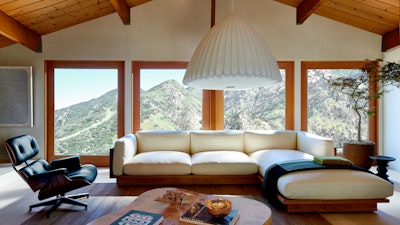
Credit: store.hermanmiller.com
Shopping Tips
Shopping for Mid-Century Modern furniture can be exciting and a bit tricky. Knowing what to look for helps you find pieces that last. Use these tips to shop smart and enjoy your style journey.
Identifying Authentic Pieces
Look for clean lines and simple shapes. Real Mid-Century Modern furniture uses natural wood, often teak or walnut. Check for labels or stamps from famous makers like Herman Miller or Knoll. Authentic pieces have solid construction and quality materials. Avoid items with too many decorations or bright, shiny finishes.
Budget-friendly Alternatives
You can find good replicas that capture the style without high prices. Search thrift stores, flea markets, and online shops. Look for pieces with the right shape and wood tone. Painting or reupholstering can refresh older furniture. Mixing vintage and new items creates a balanced look on a budget.
Caring For Vintage Furniture
Use gentle cleaners made for wood surfaces. Avoid harsh chemicals that damage finishes. Dust regularly with a soft cloth. Fix scratches with wood markers or wax sticks. Keep furniture away from direct sunlight to prevent fading. Regular care keeps your pieces beautiful for years.

Credit: amerellewallplates.com
Frequently Asked Questions
What Type Of Furniture Is Mid-century Modern?
Mid-century modern furniture features clean lines, organic shapes, and minimalist designs. It uses wood, metal, and vibrant colors. Pieces emphasize functionality and simplicity. Common items include sleek chairs, low-profile sofas, and tapered legs. This style blends retro charm with timeless elegance.
What Is The 1950s Furniture Style Called?
The 1950s furniture style is called Mid-Century Modern. It features clean lines, organic shapes, and minimalist design.
What Are The Key Features Of Mid-century Modern Style?
Key features of mid-century modern style include clean lines, organic shapes, minimal ornamentation, functional furniture, and natural materials. It emphasizes simplicity, open spaces, and integration with nature. Bold colors and geometric patterns often enhance the design’s timeless, sleek, and elegant look.
Is Mid-century Furniture Still In Style?
Mid-century furniture remains popular for its clean lines and timeless appeal. It blends well with modern decor, keeping it stylish today.
Conclusion
Mid-century modern furniture blends style and function with ease. Clean lines and simple shapes create timeless looks. Natural wood and muted colors bring warmth to spaces. This style fits well in many homes today. Adding a few pieces can refresh any room.
Embrace the charm of mid-century modern design. It offers both comfort and elegance for everyday living. Explore this style to make your home inviting and stylish.
